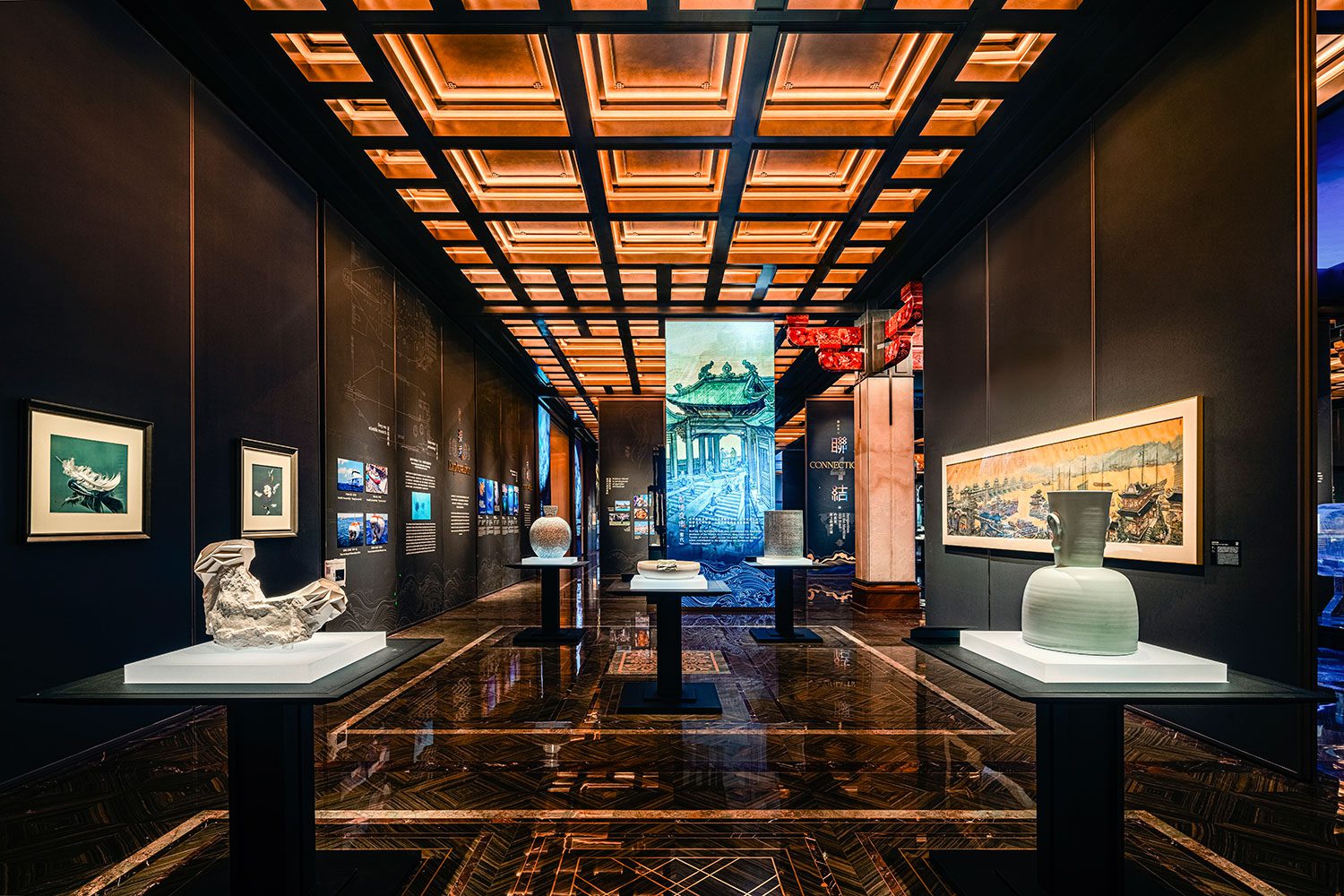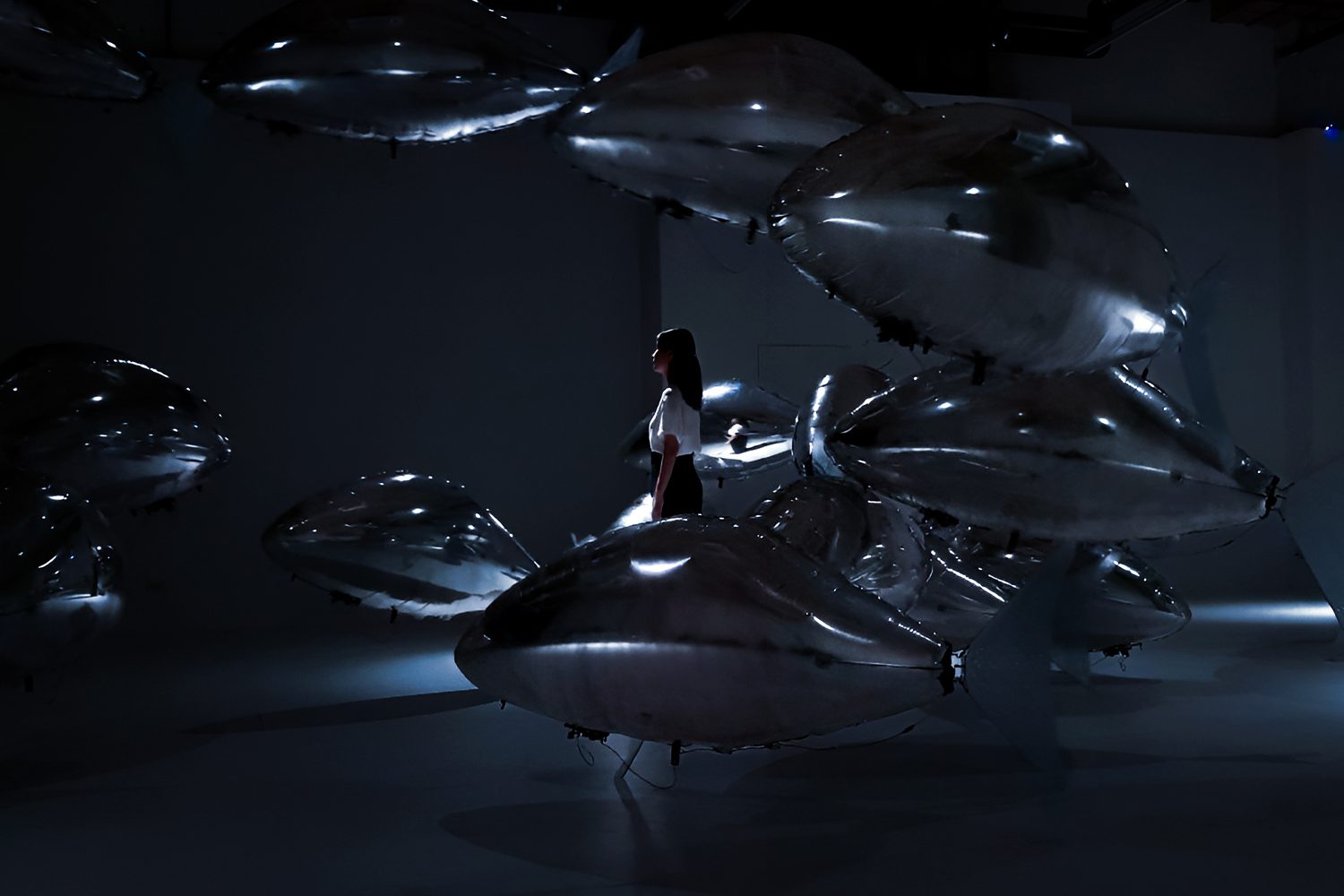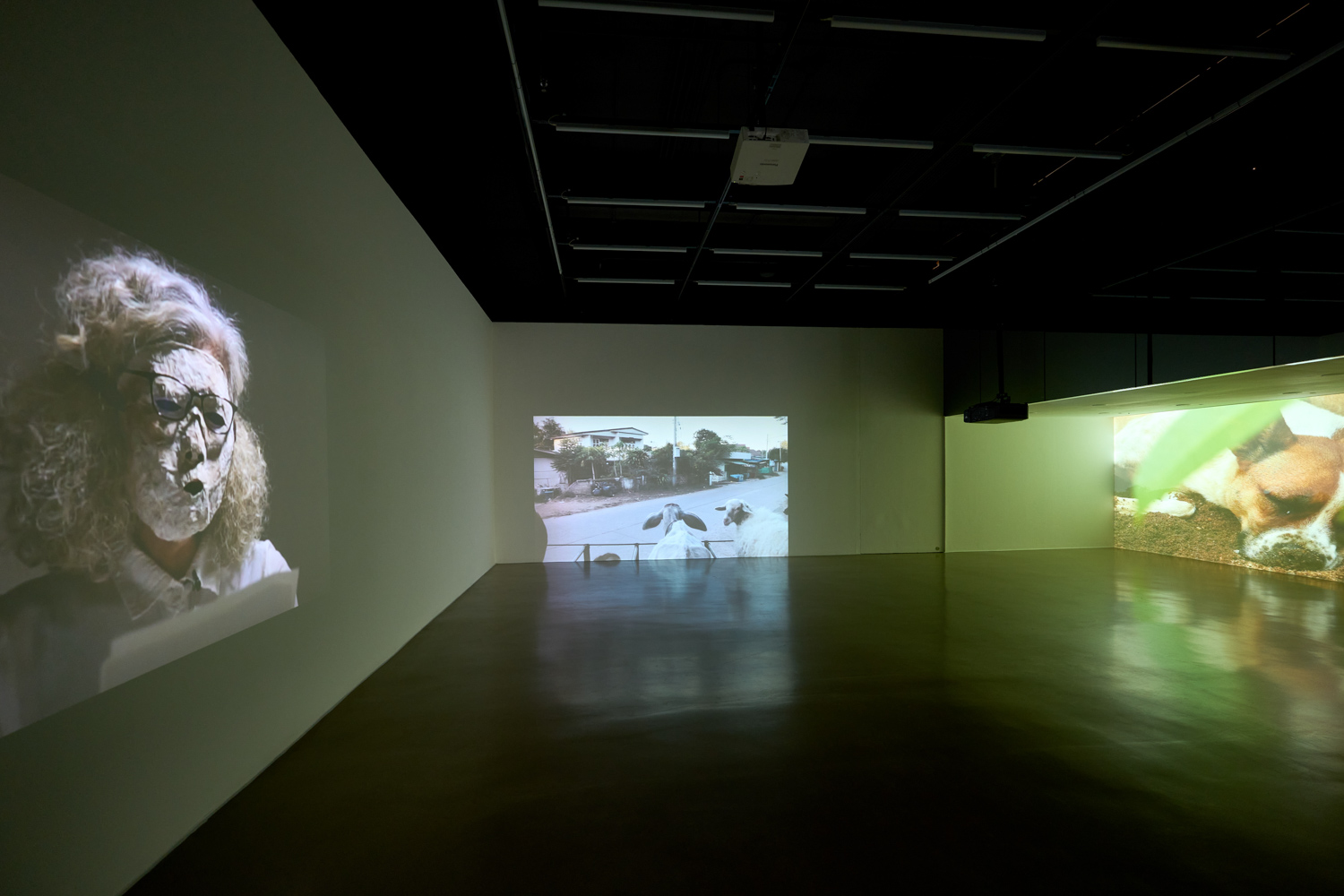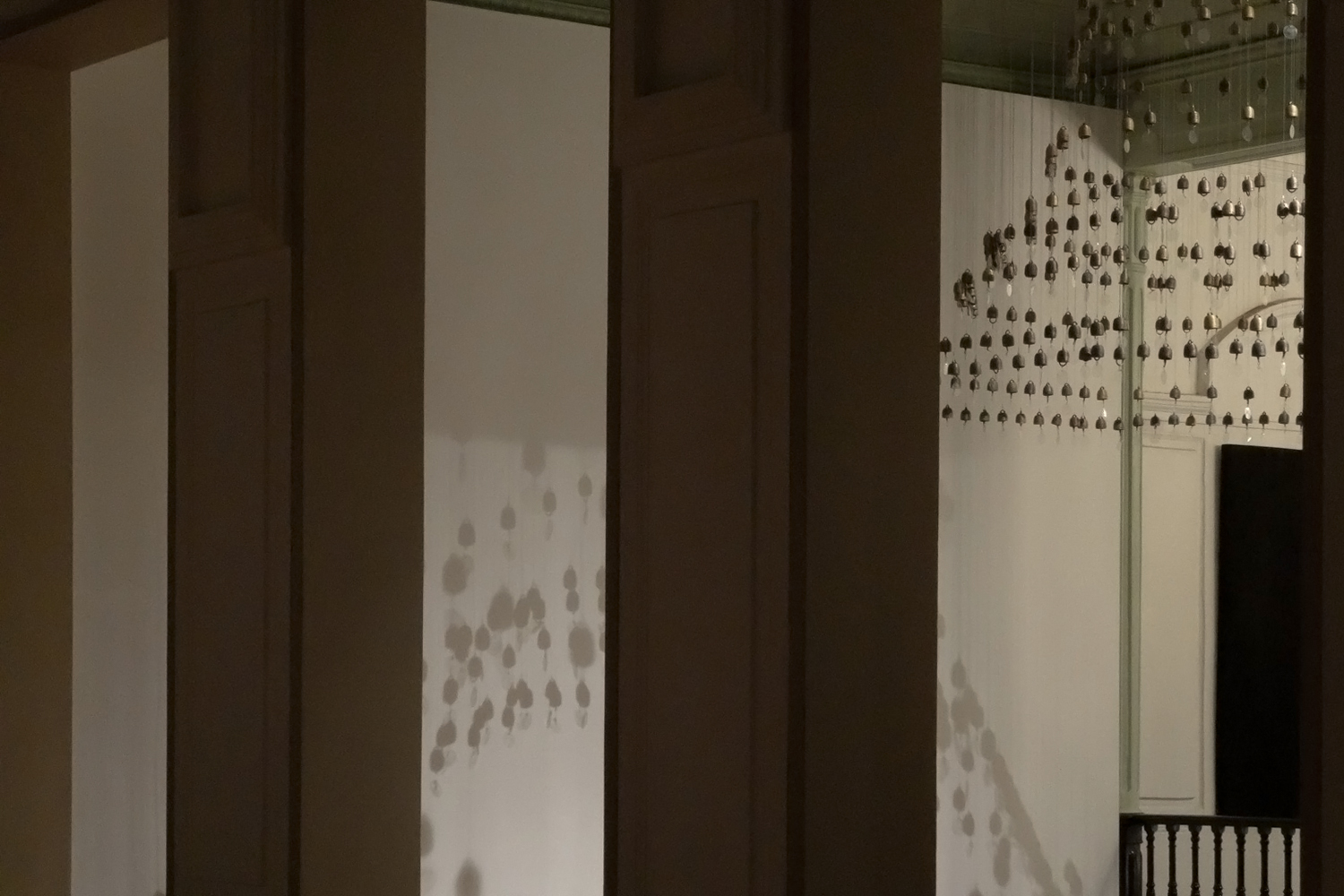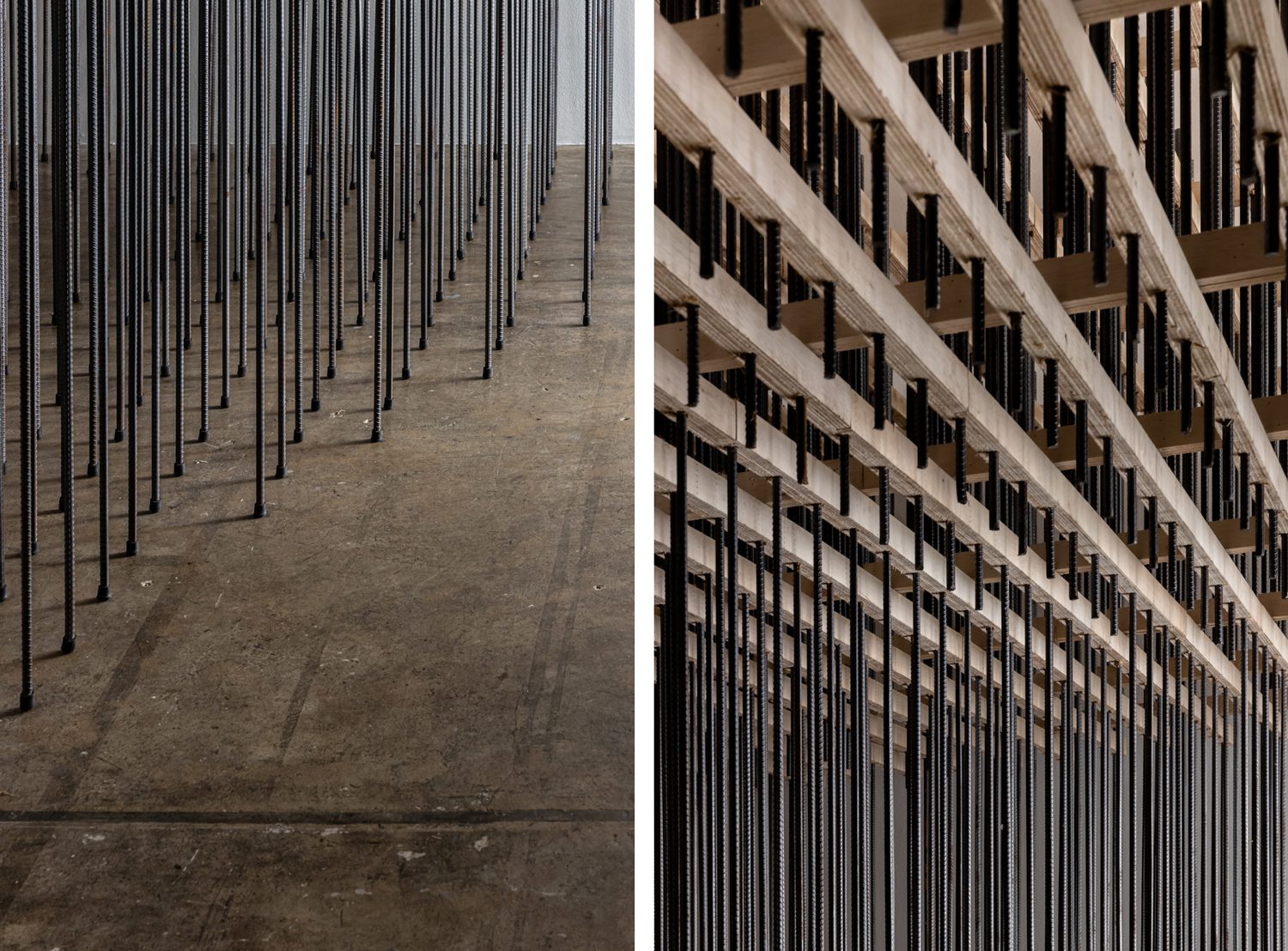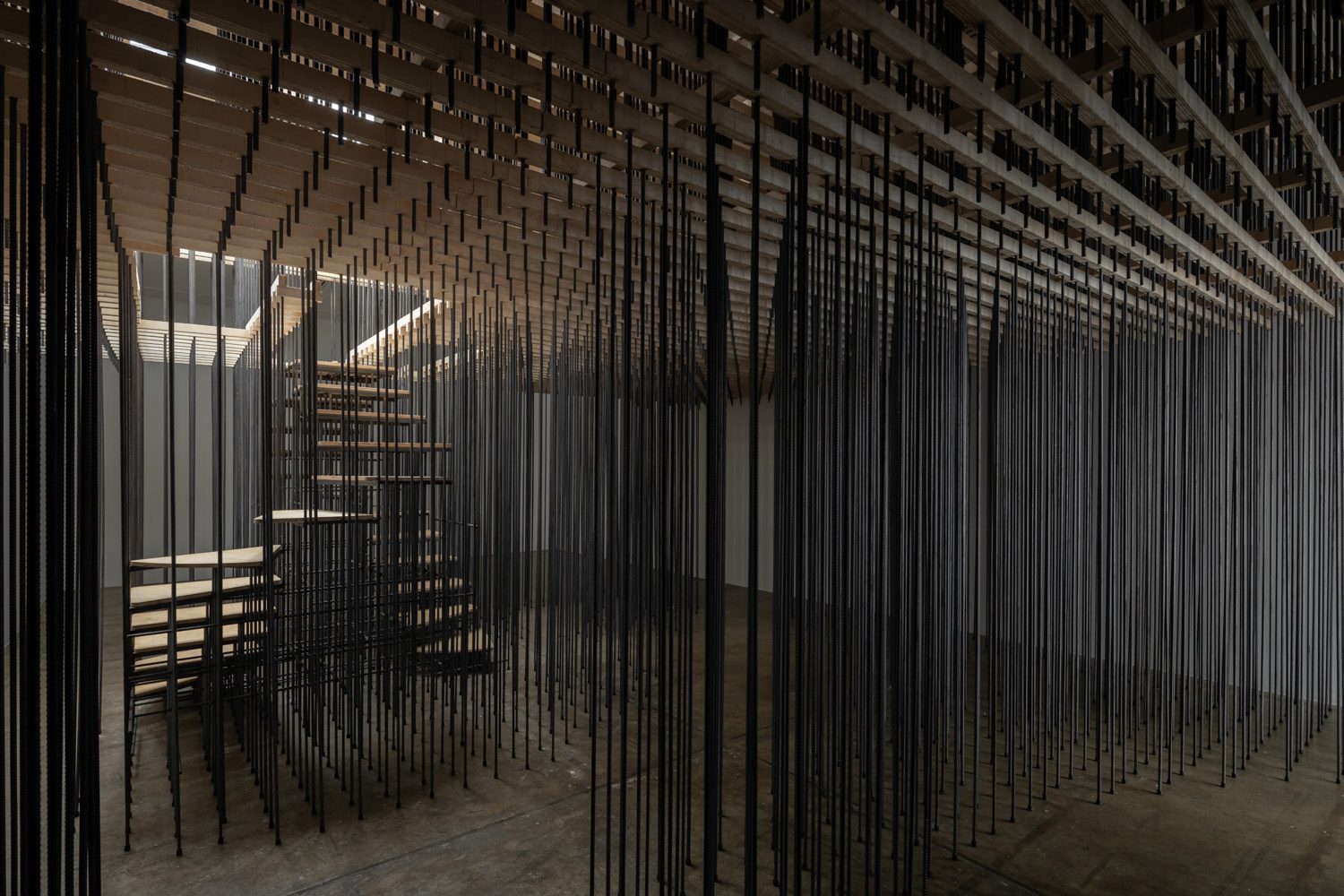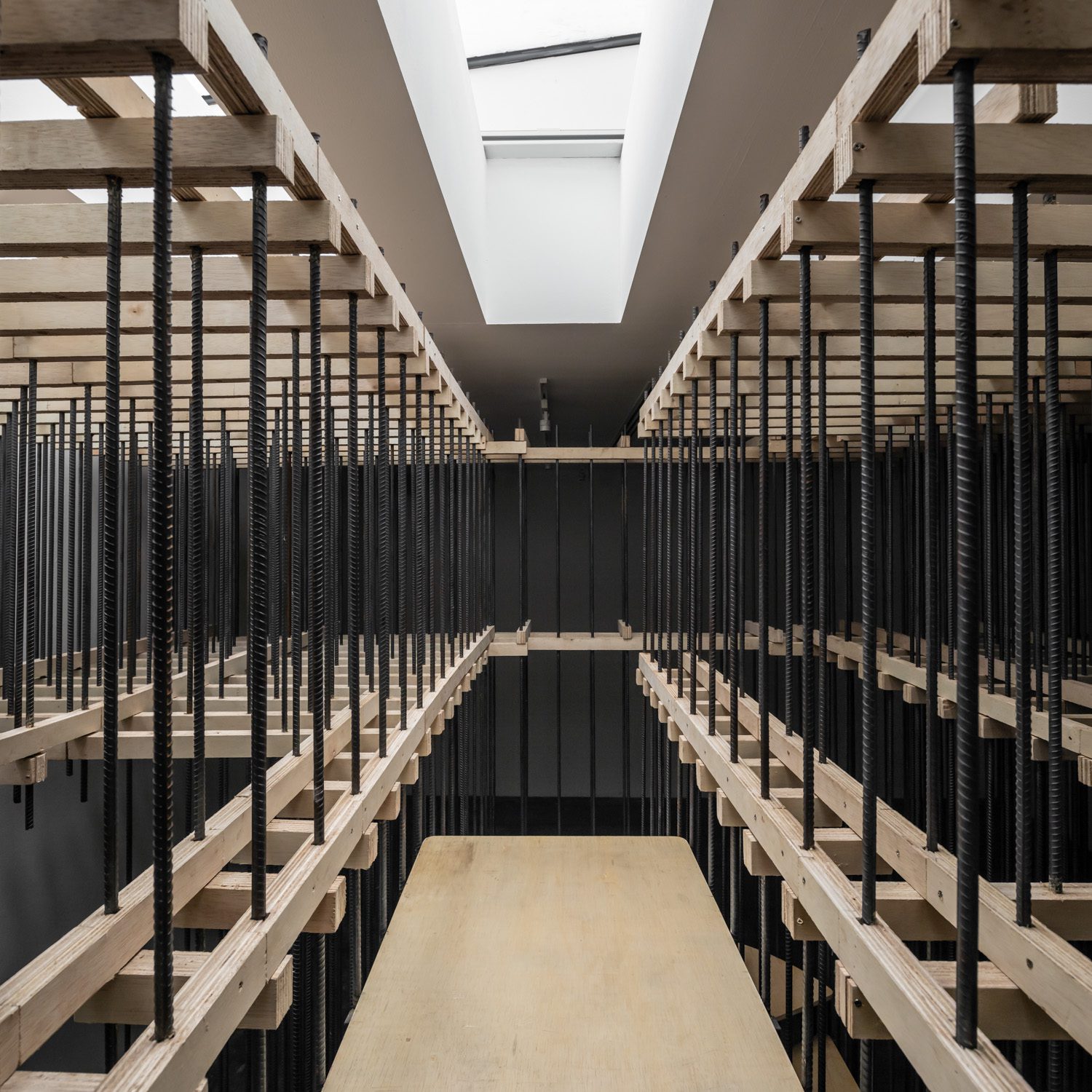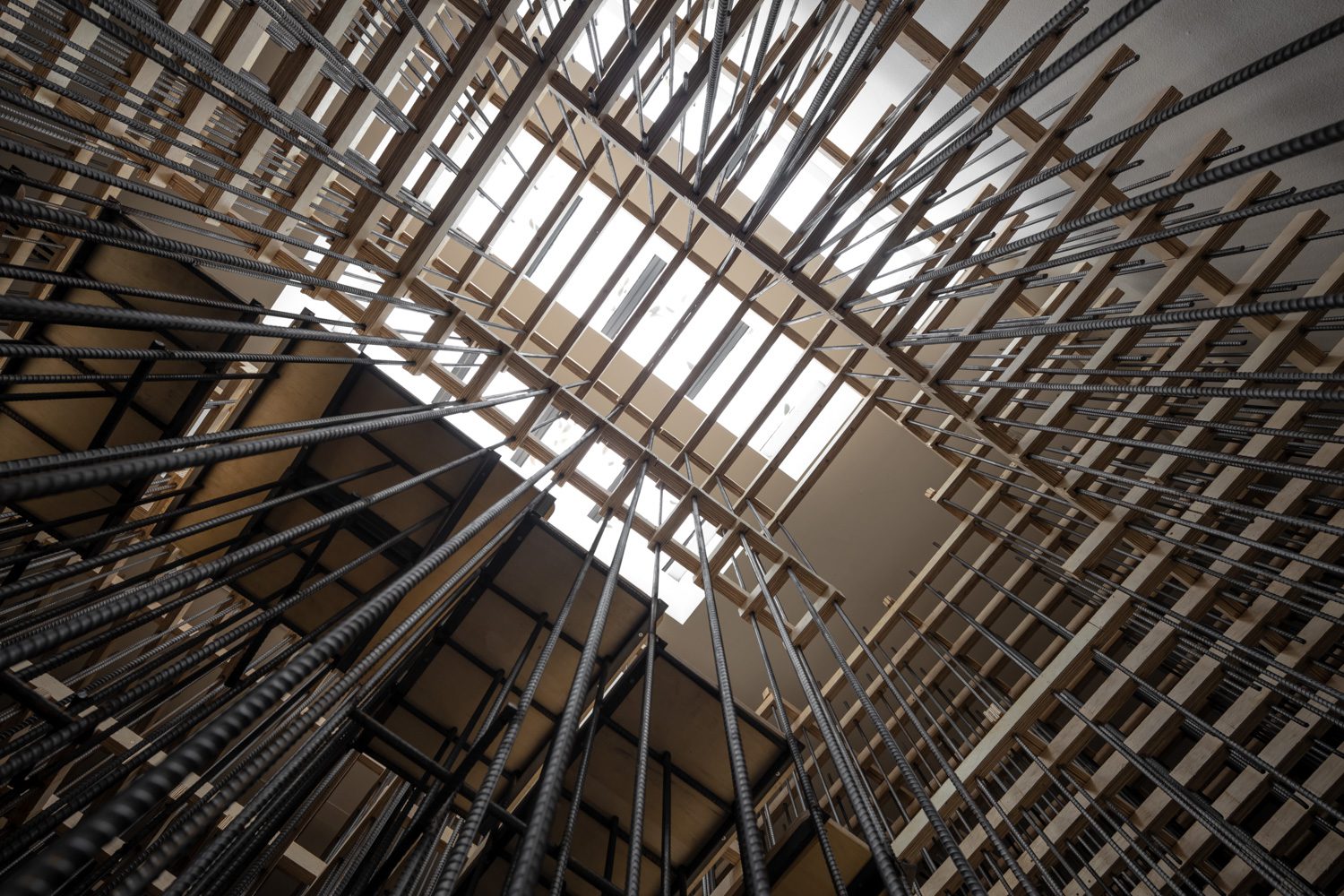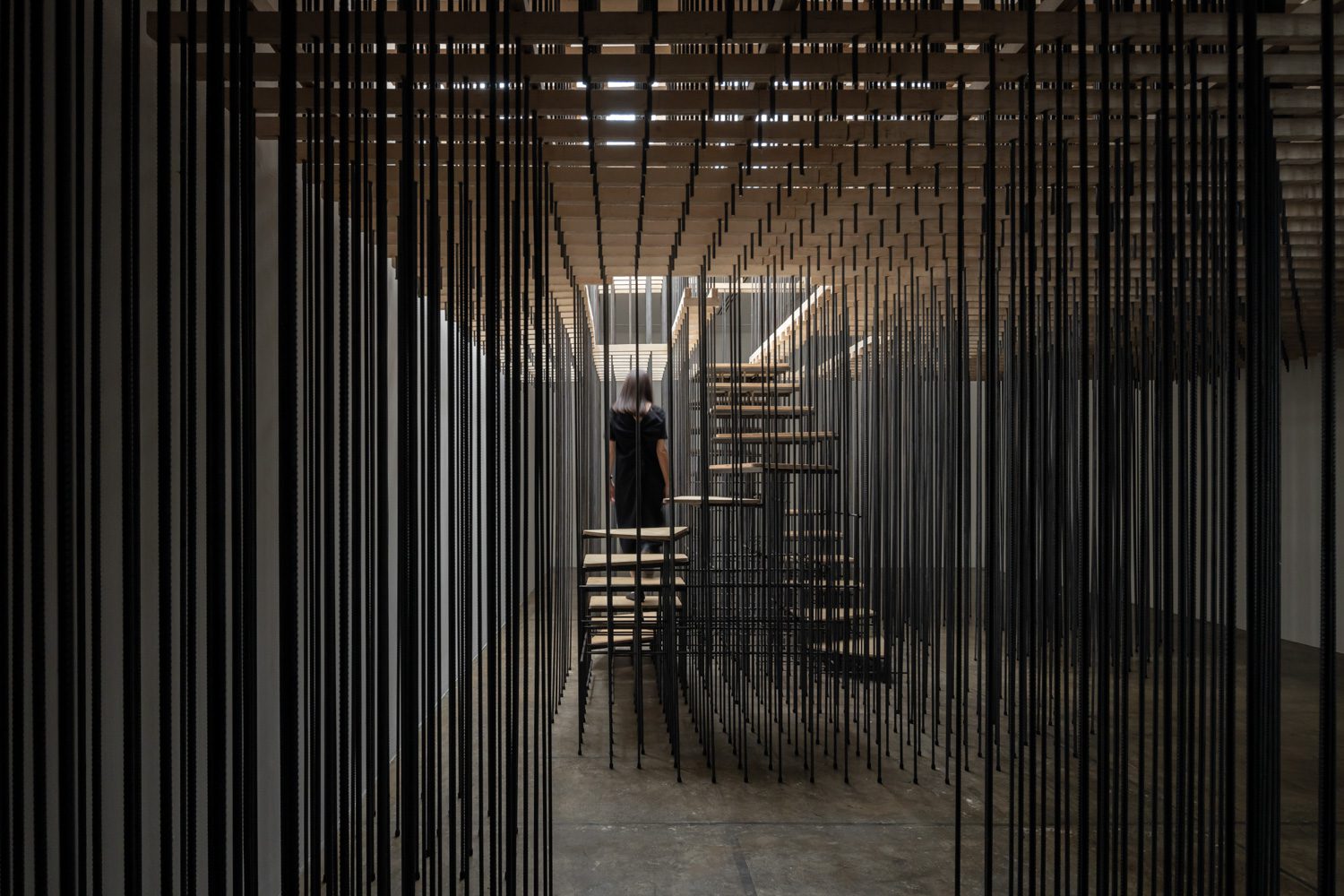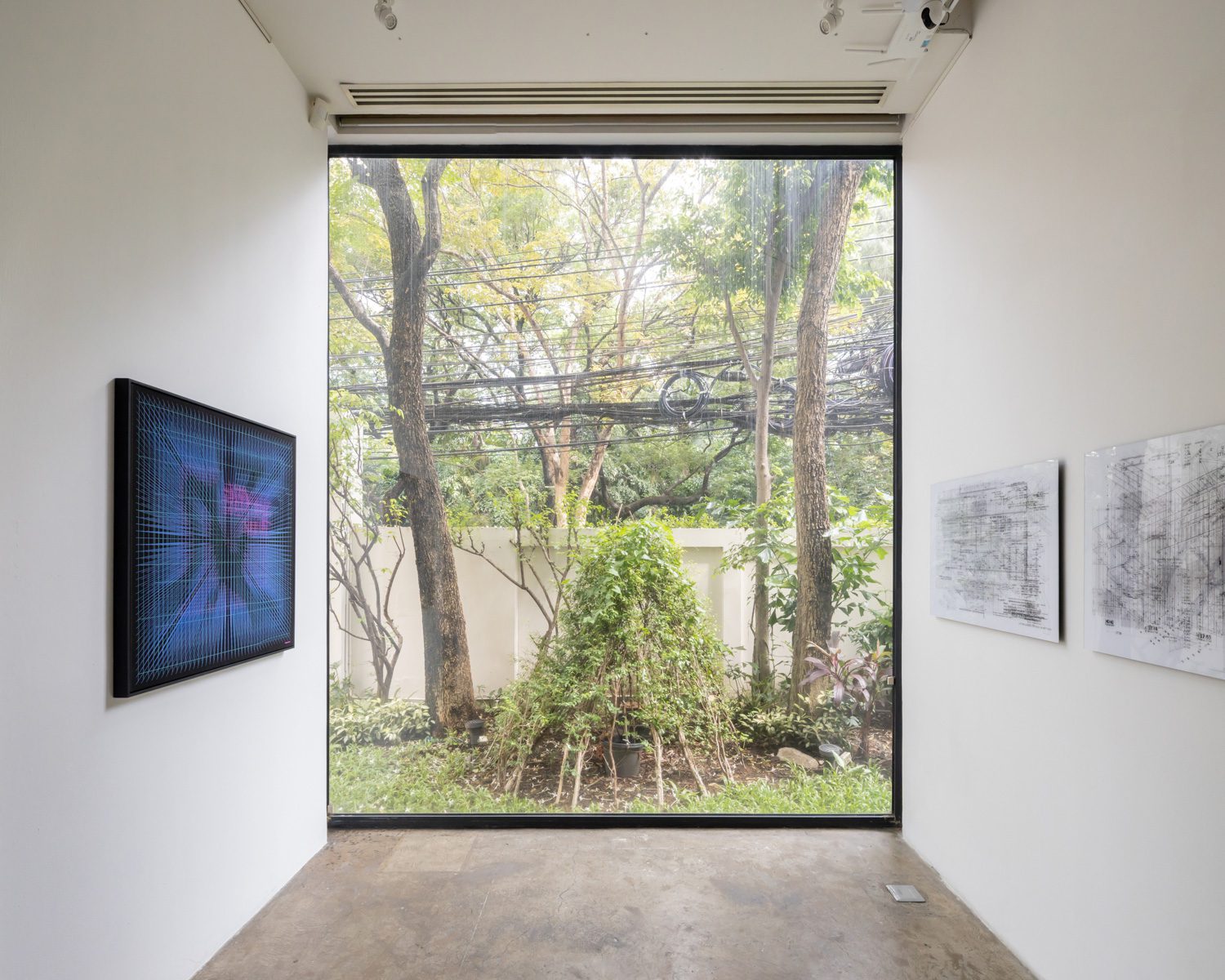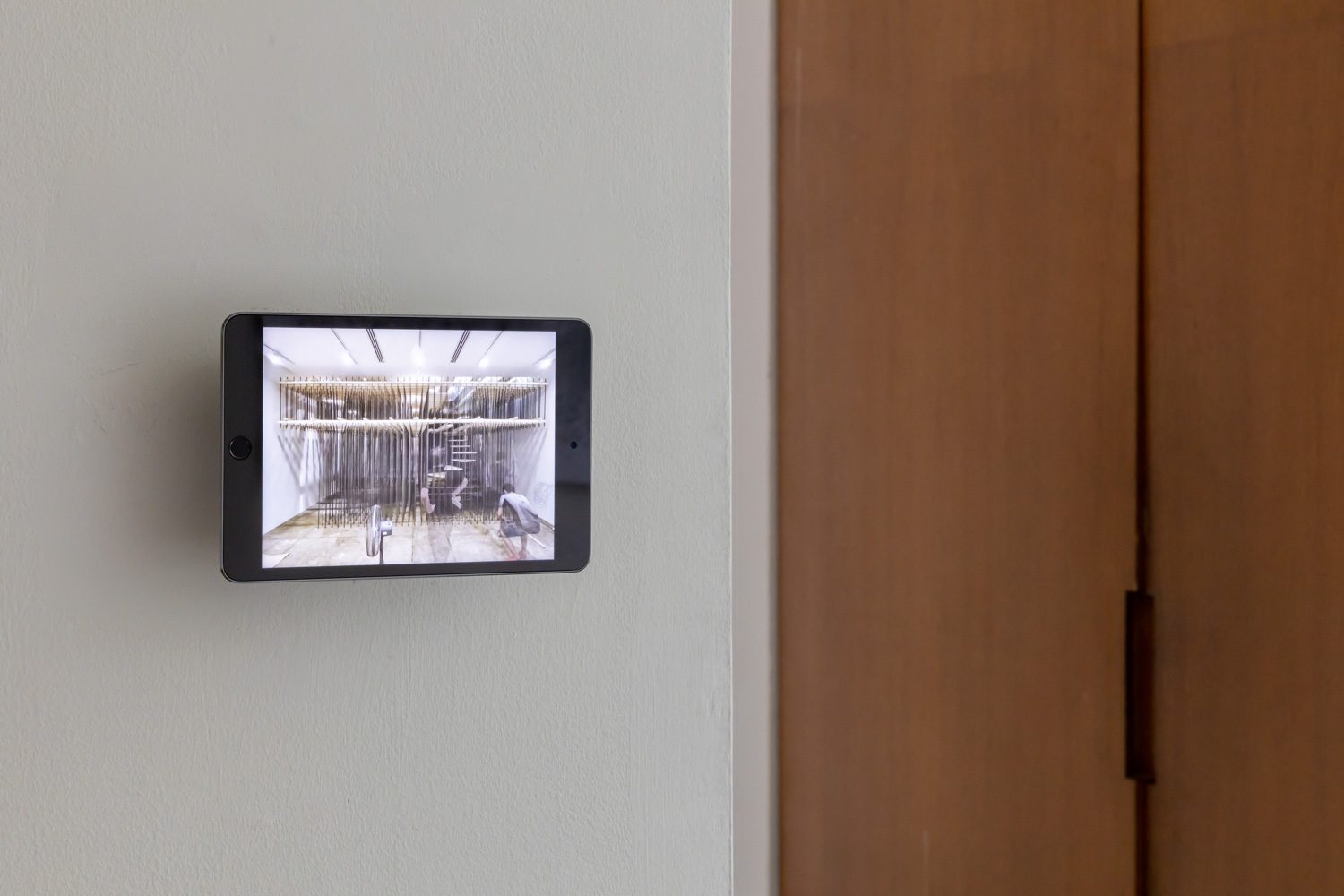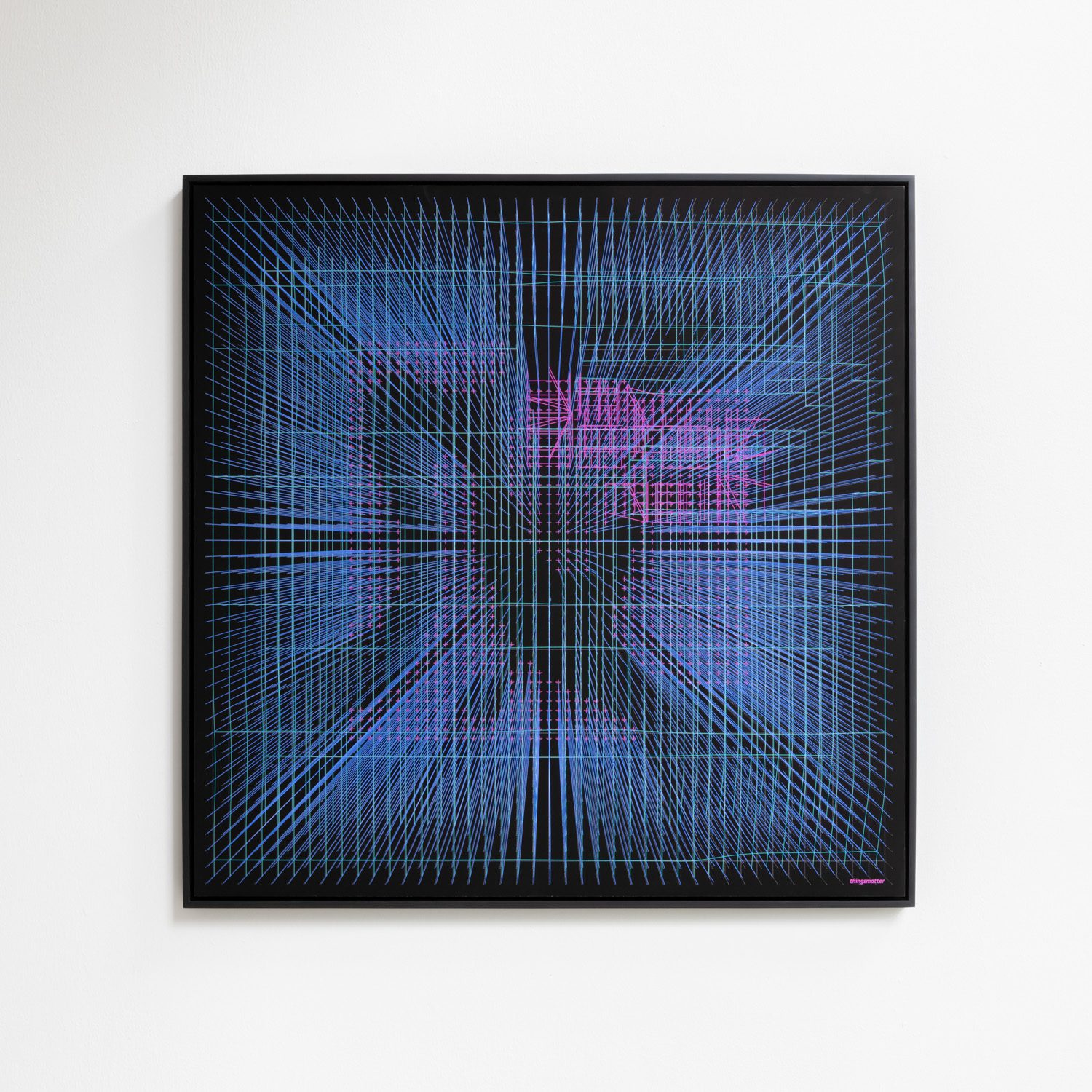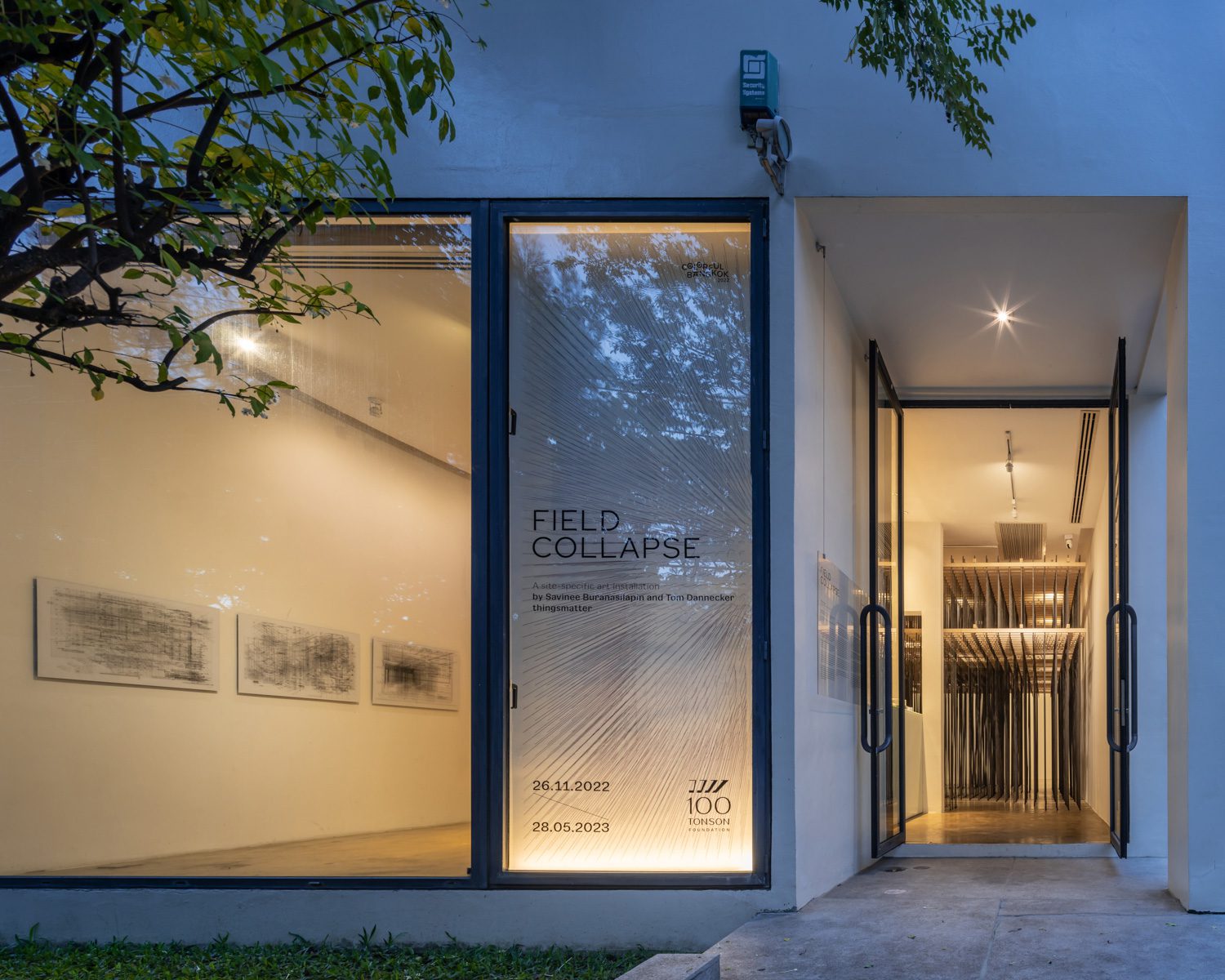
(For Thai, press here)
art4d, in collaboration with Supalai, invites artists to submit works in contemporary art competition (Sculpture and Painting) under the theme ‘Lifescape.’ The competition taps into the sentiment of happiness, love, prosperity, beauty, the serenity of nature, or other affirmative and inspiring perspectives. The following categories are open for submission:
- Sculpture & Installation Art: Eligible works must be three-dimensional and may be created through sculpting, carving, or other techniques, including installation art. Submissions must be crafted from durable materials suitable for installation in public gardens or indoor spaces within Supalai projects. Dimensional specifications are as follows: sculptures must not exceed 1.6 x 1.6 x 1.6 meters (excluding the base), while installation art must occupy a total space not exceeding 2 x 2 x 2.5 meters (height).
- Painting & Mixed Media: Submissions must be two-dimensional and effectively convey artistic concepts through color, composition, and texture, employing any technique (e.g., oil paint, acrylic, printmaking, collage, etc.). Works must not exceed 2 x 2 x 2 meters (including the frame).
Eligibility Criteria
- Open to Thai nationals or individuals of Thai descent, of any age, who create original artworks conceptualized independently.
- Open to foreign artists residing in Thailand, of any age, who create original artworks conceptualized independently.
- Submitted artworks must not have previously received any awards or been featured in any exhibition catalogs.
Submission Guidelines
- Each artist is permitted to submit a maximum of one artwork per category.
- Participants must complete registration via the online form https://forms.gle/DqtPMSJjBEBqYrzC7 between March 15 – May 15, 2025.
- Physical artworks must be delivered to Supalai Icon Sathorn, 2617 Sathorn Tai Road, Thung Maha Mek Subdistrict, Sathorn District, Bangkok 10120.
- The submission period for physical artworks is May 26 – May 31, 2025.
*Note* The company will take the utmost care in handling and safeguarding all submitted artworks. However, it shall not be held responsible for any damages resulting from natural disasters, accidents, or unforeseen circumstances.
Selection and Judging Panel
The panel of esteemed judges comprises distinguished figures in the field of art, including:
- Peerapong Duangkaew – Senior Contemporary Sculpture artist
- Suriya Umpansiriratana – Silpathorn Award-winning artist and founder of Walllasia
- Professor Preecha Thaothong – National Artist in Visual Arts
- Dr. Vichaya Mukdamanee – Dean, Faculty of Painting, Silpakorn University
- Dr. Prateep Tangmatitham – Chairman of the Board, Supalai Public Company Limited
Judging Criteria
Concept & Creativity
- Originality and contemporary relevance of the artistic concept.
- Expression of the artist’s identity and unique perspective.
- Effective use of symbolism or profound interpretation
Conceptual & Emotional Impact
- Ability to convey the intended concept and emotions to the audience
- Strength of the artwork’s influence on the viewer’s perception and sentiment
- Potential to inspire or provoke critical reflection on societal themes
Artistic Composition & Technique
- Coherence and balance in composition
- Mastery of technique, including color application, sculpting, carving, etc.
- Attention to detail and refinement of execution
- Ability to evoke emotions through color, light, shadow, and texture
Material & Structural Feasibility
- For sculptures: Suitable use of material with durability, strength, and alignment with the artistic concept
- For paintings: Quality and longevity of materials to enhance artistic integrity
- Consideration of additional factors such as sustainability or community engagement
Originality & Identity
- Uniqueness and distinctive artistic expression
- Assurance that the work is not a replication or imitation of existing pieces
Relevance to Theme
- Alignment with the competition’s central theme
- Depth of interpretation and presentation of the concept
Overall Presentation & Quality
*The decisions of the selection and judging panel are final and not subject to appeal.*
Awards Categories
The judging panel will evaluate and select winners based on the established criteria, with awards distributed as follows:
Sculpture Category – 12 Awards
- Grand Prize (1 award): 400,000 THB
- Second Prize (2 awards): 250,000 THB each (total 500,000 THB)
- Third Prize (3 awards): 150,000 THB each (total 450,000 THB)
- Honorable Mention (5 awards): 80,000 THB each (total 400,000 THB)
- Popular Vote (1 award): 20,000 THB
Painting Category – 12 Awards
- Grand Prize (1 award): 400,000 THB
- Second Prize (2 awards): 250,000 THB each (total 500,000 THB)
- Third Prize (3 awards): 150,000 THB each (total 450,000 THB)
- Honorable Mention (5 awards): 80,000 THB each (total 400,000 THB)
- Popular Vote (1 award): 20,000 THB
Total Prize Value: 3,540,000 THB
The judging panel reserves the right to modify the number of awards if deemed necessary, should the submissions not meet the required standard. Additionally, Supalai Public Company Limited may select outstanding non-awarded works for exhibition.
Furthermore, the company may engage in discussions with artists to explore the possibility of enlarging selected artworks at a later stage, with additional compensation provided based on mutual agreement.
Ownership Rights
- Award-winning artworks will become the property of Supalai Public Company Limited, and the company may consider installing them in real-life settings as deemed appropriate.
- All artworks submitted for exhibition, as well as competition sponsors, have the right to reproduce and publish the works in exhibition catalogs, printed materials, and all digital media platforms.
Exhibition of Artworks
Following the conclusion of the judging process, Supalai Public Company Limited and art4d CO Limited will host an award ceremony and exhibition at Supalai Icon Sathorn, where selected works will be displayed accordingly.
Sale of Exhibited Artworks
For artworks selected for exhibition from June 10 – August 10, 2025, at Supalai Icon Sathorn, artists may set a selling price for their pieces if they wish to make them available for purchase. Supalai Public Company Limited will deduct a 15% consignment and handling fee from the final sale price.
Important Dates
- Registration: Submit entries via https://forms.gle/DqtPMSJjBEBqYrzC7 from March 15 – May 15, 2025.
- Artwork Submission: May 26 – May 31, 2025, at Supalai Icon Sathorn, 2617 Sathorn Tai Road, Thung Maha Mek Subdistrict, Sathorn District, Bangkok 10120.
Map: https://maps.app.goo.gl/rDHAX4CRcKi8GAuR6
- Judging Date: June 7, 2025
- Announcement of Winners: June 8, 2025, via Supalai and art4d’s online platforms
- Award Ceremony & Exhibition Opening: June 10, 2025, at Supalai Icon Sathorn
- Exhibition Period: June 10 – August 10, 2025, at Supalai Icon Sathorn
- Collection of Non-Exhibited Artworks: Artists whose works are not selected for the exhibition may retrieve their pieces between June 11 – June 30, 2025, at Supalai Icon Sathorn. The company will notify artists of the specific date and time for collection.
*Note* Submission and collection of artworks must be completed within the specified timeframe. If sculpture artworks are not collected by the deadline outlined in Section 10, it will be assumed that the artist consents to Supalai Public Company Limited taking further action as deemed appropriate.
For further inquiries, please contact:
Kasimol Teeravoravong (POLO), Project Coordinator, art4d CO Limited
Tel: +66 80 836 5996 E-mail: kasimol.art4d@gmail.com


